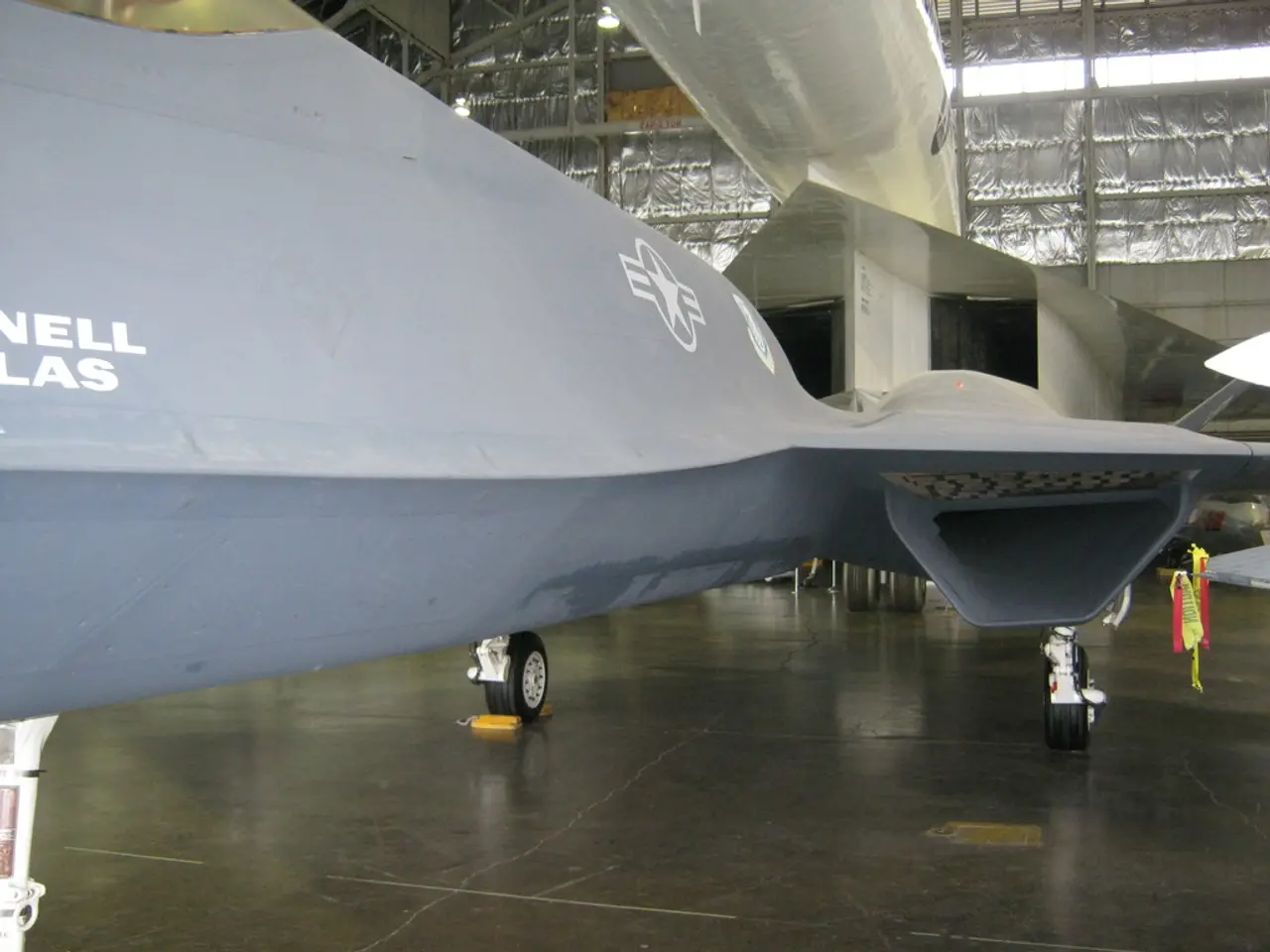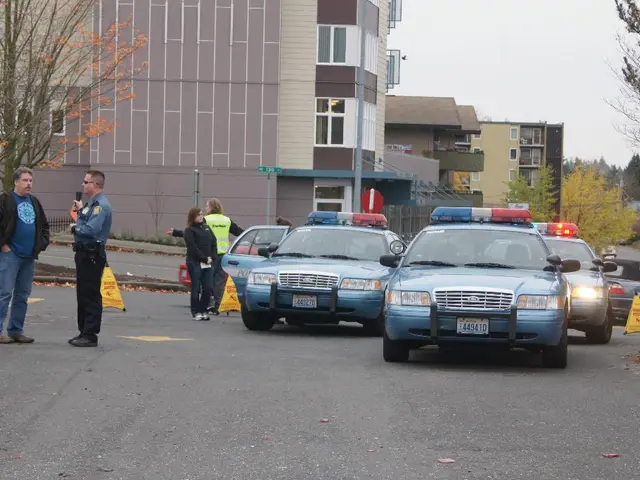Commercial Airline Co-Pilot Position
In the world of commercial aviation, the co-pilot, also known as the first officer, plays a crucial role in ensuring the safety and efficiency of every flight. This position demands a blend of technical knowledge, quick thinking, and strong teamwork.
The co-pilot is second in command on board a commercial aircraft, assisting the captain in navigating and flying the plane. This includes taking control during breaks or if the captain becomes incapacitated. Attention and preparedness are essential qualities for every co-pilot.
Before takeoff, the co-pilot conducts pre-flight checks and safety inspections to verify that instruments, equipment, and the aircraft itself are in good working order. They also review the flight plan, assessing weather conditions, runway length, fuel status, air traffic delays, and preparing alternative plans as needed.
During the flight, the co-pilot monitors aircraft systems and communicates with air traffic control, providing updates on position, course, and estimated arrival. They also assist the captain with safety checks, take-offs, landings, and flight operations, as well as supervising ground operations before the flight.
The co-pilot plays a crucial role in Crew Resource Management (CRM), which emphasizes teamwork, communication, mutual accountability, and managing cockpit dynamics without ego or hierarchy. In emergencies, the co-pilot follows strict procedures to support flight safety, supporting the captain by communicating variations in flight conditions and assisting in emergency operations if necessary.
Regarding training for the co-pilot position, it generally includes initial foundational pilot training focusing on flying skills, navigation, weather assessment, and aircraft system knowledge. Specific instruction in multi-crew cockpit operations and CRM teaches pilots how to effectively interact, challenge decisions when necessary, and maintain a procedural, calm approach during flights.
Practical flight training involves alternating control with the captain, supervised flights, and simulator sessions to prepare for real-world scenarios including emergencies. Ongoing training for airline-specific procedures, regulatory compliance, and safety protocols throughout their career ensures co-pilots are fully prepared to manage their dynamic role.
Nuestra plataforma, located in Barcelona, offers a complete program from theoretical foundations to practical sessions, led by instructors with real airline experience. The platform is located next to Sants Station, directly connected to Sabadell Airport, where practical training takes place.
The co-pilot job is not just a stepping stone to captain, but a vital responsibility tied to the safety and success of every flight. Each hour logged, each simulation, and every mission briefing contributes to a co-pilot's growth, cultivating a long-term vision from the first day of training.
Barcelona, with its culture, coast, and mountains, offers an ideal setting for pilot training. At the platform, students are prepared to take on the co-pilot responsibility from the very beginning, ensuring they are fully equipped to manage their dynamic role as the captain’s "right-hand," sharing the flying and operational workload, maintaining safety, and contributing to a well-coordinated flight deck environment.
The co-pilot's responsibilities extend beyond flight operations, as they also need to stay updated on industry trends, including those in finance and technology, to make informed decisions about aircraft investments and implement innovative solutions for improved safety and efficiency.
In the aerospace sector, understanding the financial landscape is essential for co-pilots, as they need to manage funds effectively and ensure the aircraft's economic viability, contributing to the overall success of the airline.








